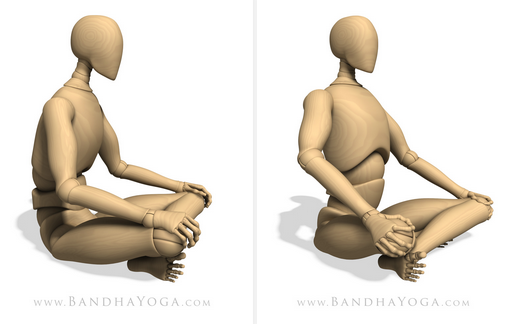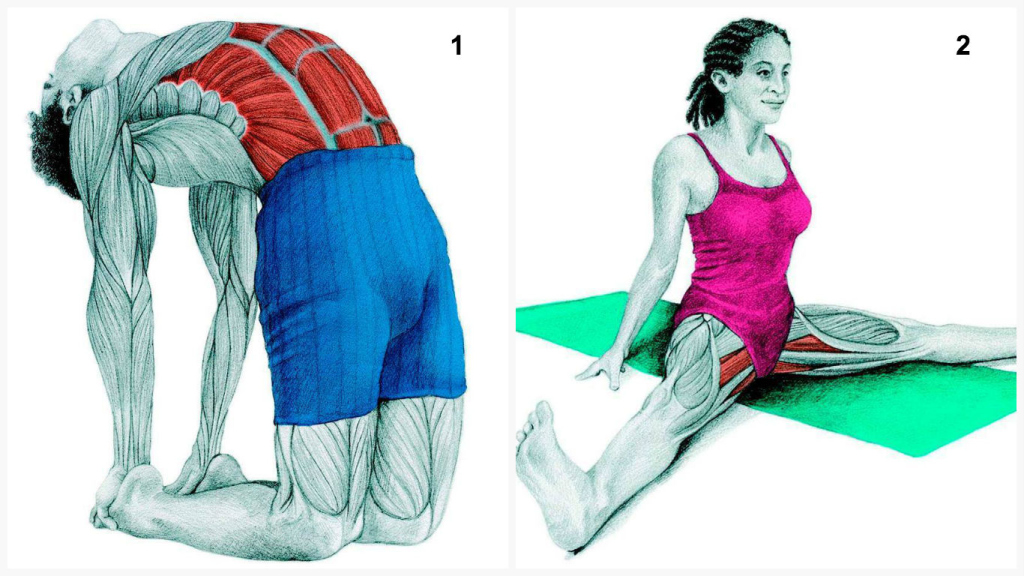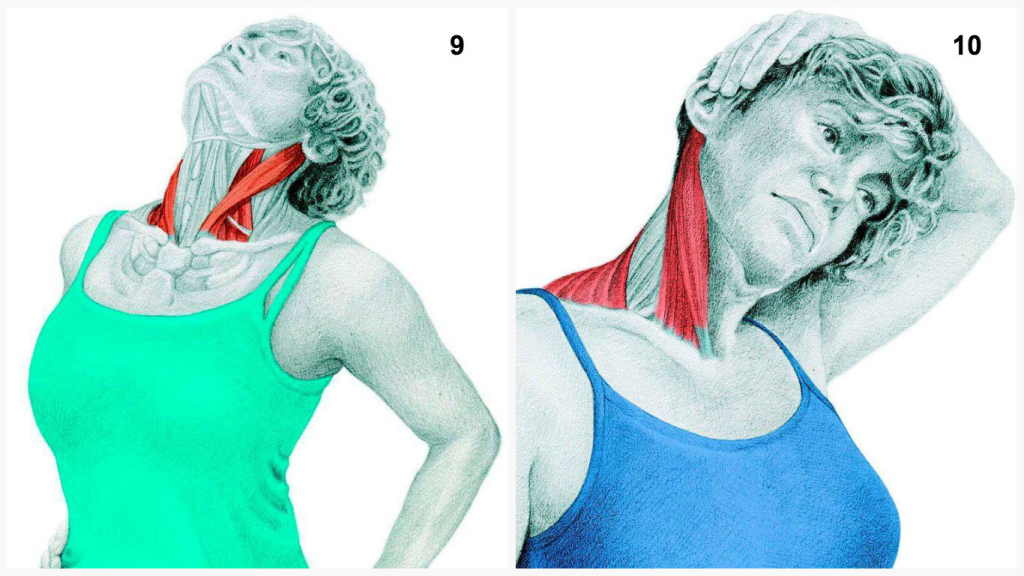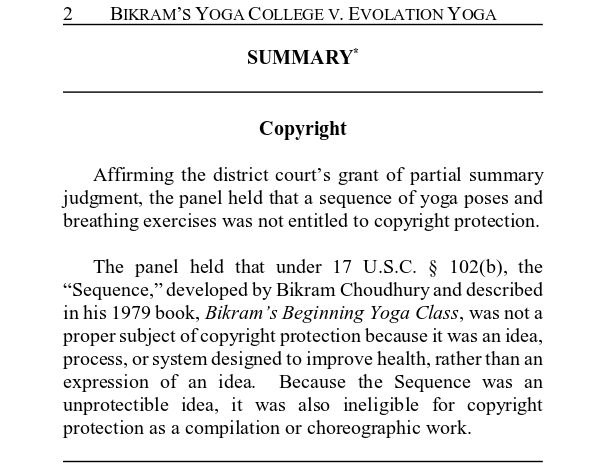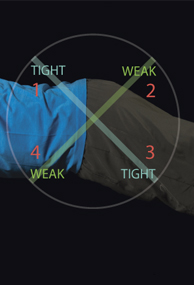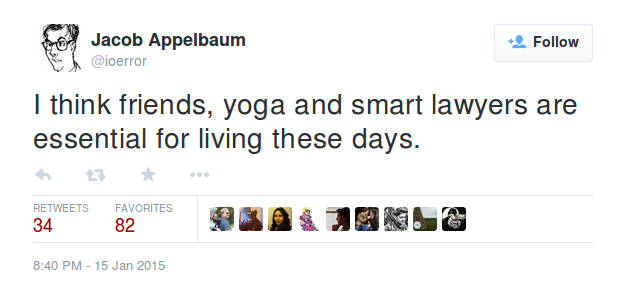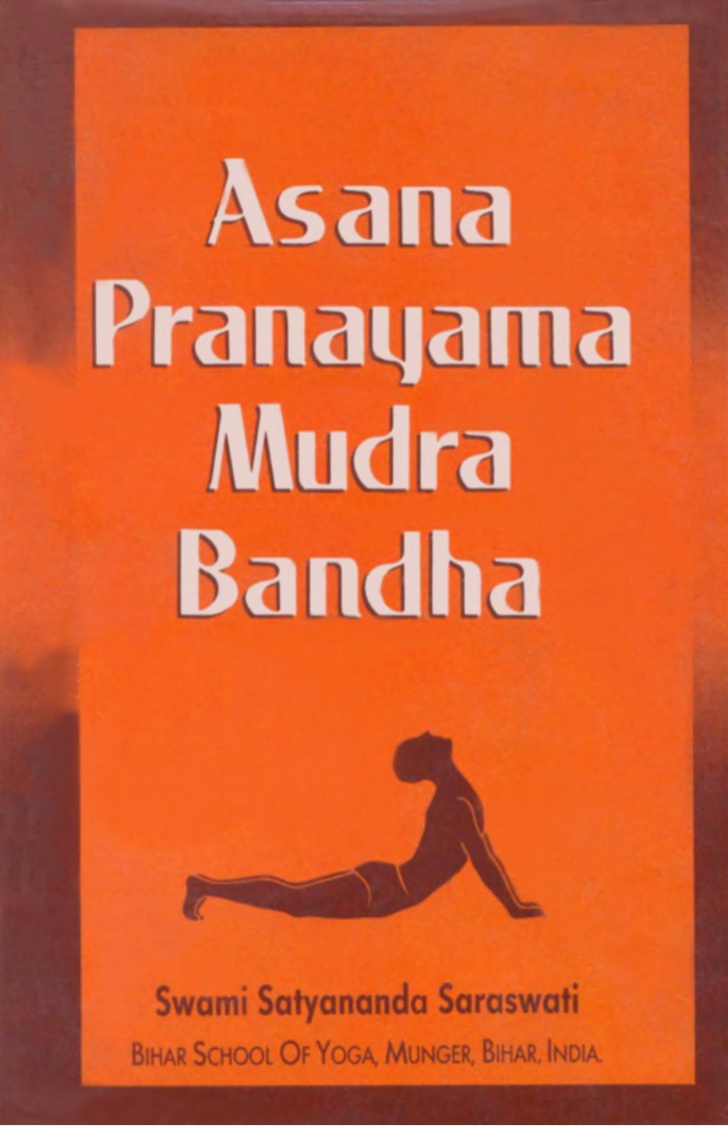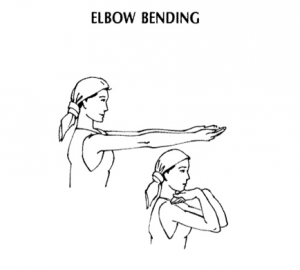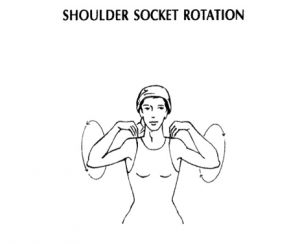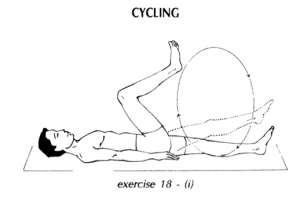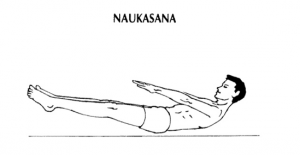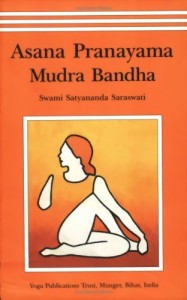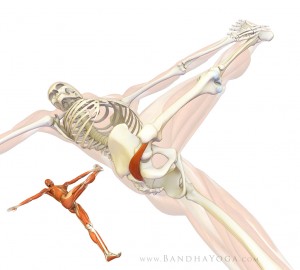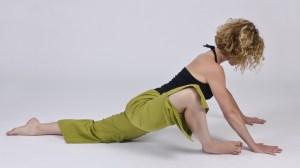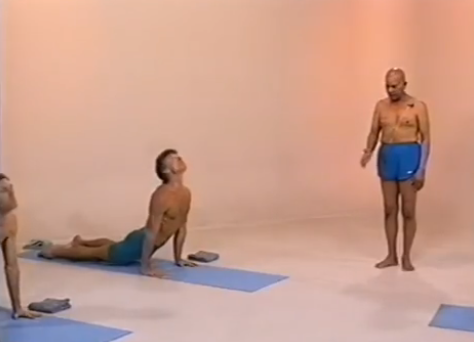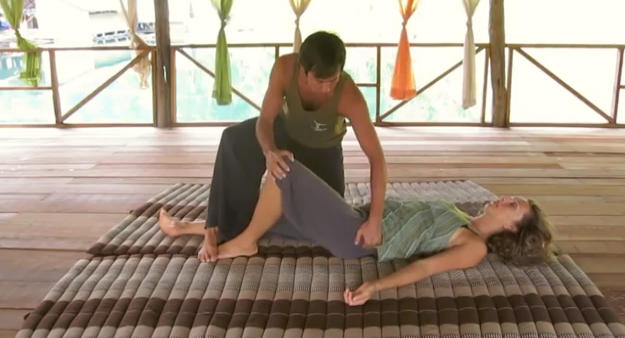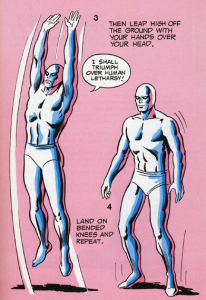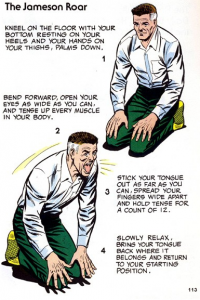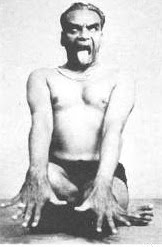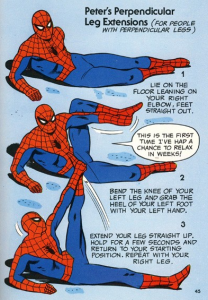During 30C3 I will be giving massages on a futon on the floor, working over comfortable clothing (one-size-fits-all-yoga-pants will be provided). Indeed, we are now in winter, and in a semi-nomadic situation I want to optimize the warmth and coziness of individual sessions. Consequently the massages will use a combination of techniques drawn more from Asia than California, with powerful palm pressures, cat paws and elephant walks, yoga-like stretches… I also like to integrate to them tools coming from occidental body-mind therapy, like guided deep breathing exercises, subtle stomach massage, and other minimal moves for maximum mind soothing benefits.
To give you an idea of the family of massage I am referring to, I looked for a demo video. I came across this thai yoga massage demo by teacher Ralf Marzen, whom I have never met and whose school I didn’t go to. But he seems to be really good at what he does, and these 9 minutes of demo are inspiring and instructive. I chose it because I loved the sequence at first sight and could almost feel it while watching it: I immediately wanted to try it (to receive and to give it).
So those of you who didn’t know anything about Thai massage can have a better idea of the style (there are of course many more techniques and moves and styles and practitioners, and the beauty of it is also a diversity outside of strict protocols). Furthermore, watching a good demo (or watching someone IRL) gives an opportunity to really observe what goes on in giving a massage. We can maybe understand, “copy-feel”, integrate moves, and by the wonderful ways of memory and imitation, we grow a new practice. These aspects have been discussed in my workshops OBSERVE-HACK-MASSAGE.
Now, here are some of my thoughts as I observe this demo.
Although this sequence looks smooth and easy, it is actually (indeed) advanced. Quite advanced, more than I am at present -yet nothing I couldn’t grow capable of, precisely because it looks so tasty and I like to look up to things that look so tasty and learn from them.
It looks easy and smooth because it is executed with great art, grace, and presence. In general a massage feels quite like it looks. So you can pretty much trust what you see, and/or feel, watching it.
It looks and probably is then, smooth ad easy, because the giver is himself comfortable in his own skin and bones, has gotgreat coordination, feet sensitive as hands, to name a few. He seems to have very well integrated what he is giving, his knowledge seems “incarnated”. Also, he looks in an attentive yet relaxed state, and in a kind of a “blurry focus”, quite characteristic. Indeed thai massage is traditionally done /approached by giver and receiver like a meditation.
Notice the similarities with Yoga, it is – yet another – form of Yoga.
Notice the similarities also with Dance: how the giver communicates his “groove” to the receiver, and how rhythm is kept throughout. Notice if you can, how this groove and rhythm originate from the center of his body (belly) and propagate to his limbs, hands, feet (it’s not just the hands doing something independently). Notice also how the bodies respond to each other, echo, however passive the receiver may seem (I would argue that receiving a massage is not such a passive thing, by the way).
Notice how the structure of the body (of receiver, but also giver) is very well handled, notice how movement is initiated where movement should be initiated: at the articulations. Notice how amplitude comes with opening (of the joints, of breathing..).
Notice the fluidity in the whole sequence, the oceanic vibe, brought by rocking and oscillating moves. Also, the stretches are many, long and soft. The masseur is taking his time, not rushing things, sometimes even pausing. He is listening, feeling.That leaves space for (deep) breathing. It also indicates that the pressures are applied progressively on the receiver’s muscles, thus respecting her body and needs. The whole thing is not so tonic, meaning the intention, and effects, are probably more about relaxation than waking-up or preparing for action. It is about gentle unblocking, melting tensions and opening of flows in the bodies. I guess it could be one metaphorical illustration of how “data must flow” can resonate in massage.
These are really cool massages to learn. So cool that to practice them well, you have to be really flexible and CHILLIN’. You cannot escape (at least not for long) working on your own body and mind (which is true with any massage but is especially true here with Thai, for occidental people). Once you integrate its aspects, some of which I have described, you become comfortable and capable of giving this kind of massage to almost anybody, even somebody with a body much larger than yours.

